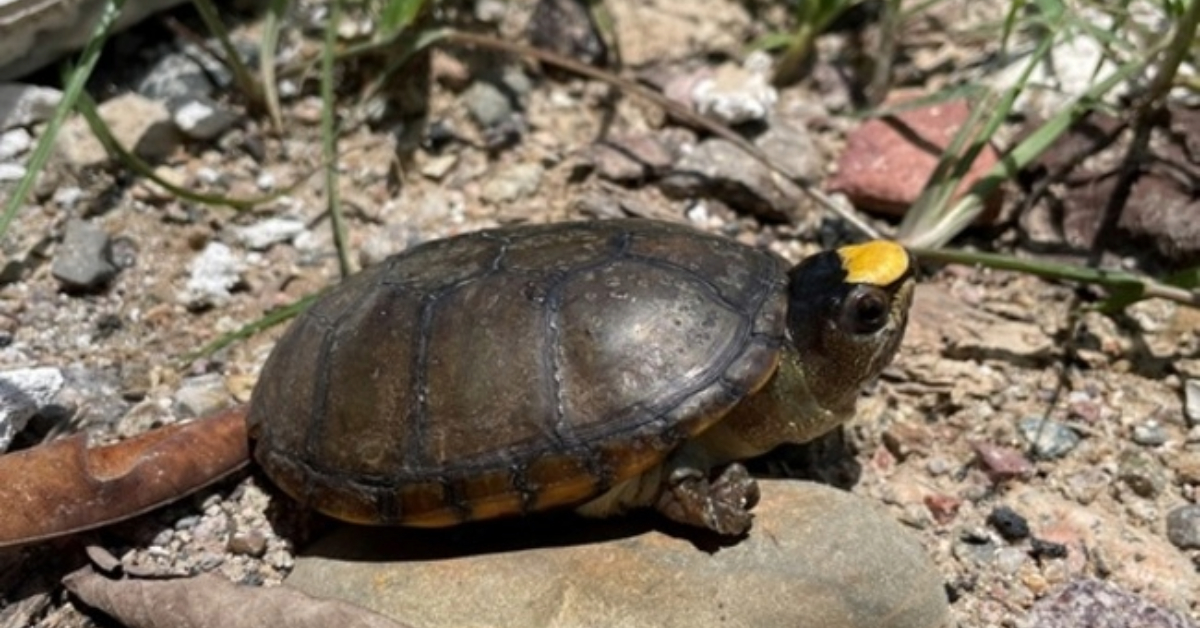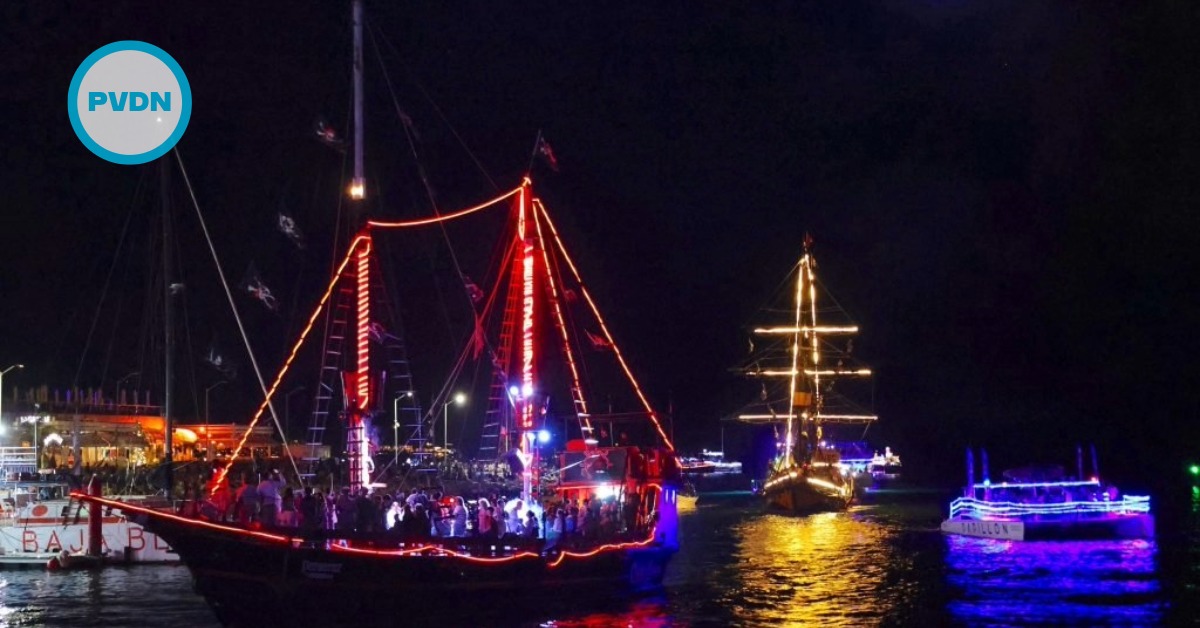Puerto Vallarta, renowned for its vibrant culture and beautiful landscapes, is now home to an important exhibition aimed at protecting a newly discovered and endangered species of freshwater land turtle, known for its distinctive yellow spot on its nose. The exhibition, titled "La Casquito de Vallarta," not only showcases artistic renditions of this unique turtle but also emphasizes the critical need for its conservation.






